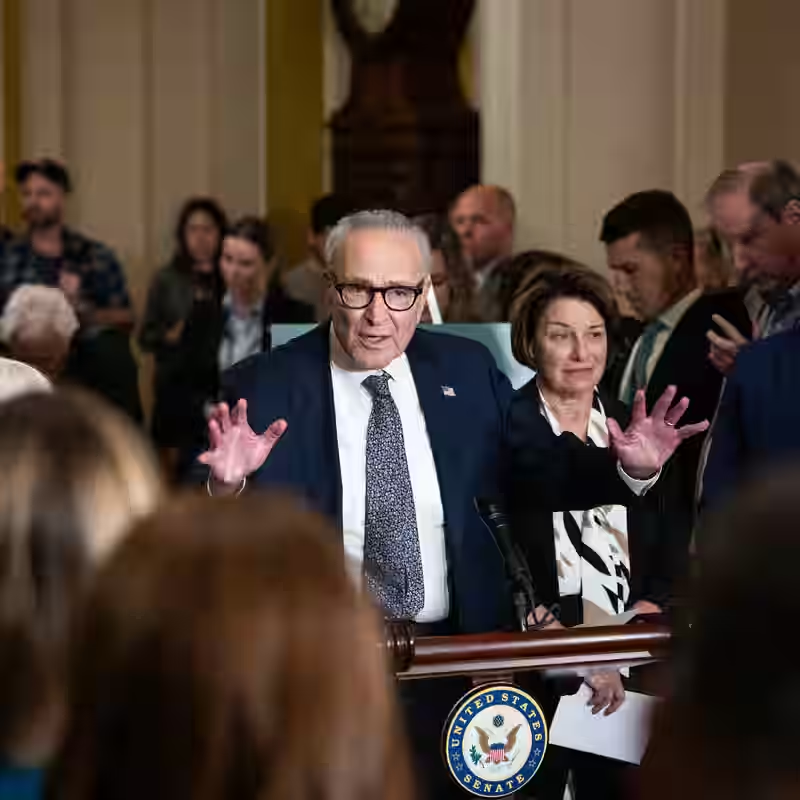A Deeply Divided Senate Has No Exit Plan
Unlike past government shutdowns that ended within days, the current 2025 impasse may drag on for weeks—or even months—thanks to a Senate that’s more ideologically polarized than at any point in recent history. With few moderate Democrats left to pressure leadership and a Republican conference hardened by Trump-era loyalty, compromise is off the table .

What’s Changed Since the Last Shutdown?
In 2018, Senate Democrats quickly folded after just three days of a shutdown, bowing to pressure from moderates representing conservative states. Today, that faction has vanished—replaced by a uniformly progressive Democratic caucus with little incentive to back down .
Senate Ideological Shift: 2018 vs. 2025
| Year | Red-State Democrats | Hardline GOP Senators | Avg. Shutdown Duration |
|---|---|---|---|
| 2018 | 8 (e.g., Manchin, Heitkamp) | 12 | 3 days |
| 2025 | 1 (Sen. Tester, MT) | 27 | Ongoing (Day 5+) |
Why Democrats Won’t Budge
- Health Care Leverage: Millions face premium spikes if ACA subsidies expire—Democrats are using this as a bargaining chip.
- No Red-State Pressure: Fewer vulnerable incumbents mean less fear of backlash.
- Distrust of Executive Power: President Trump’s history of ignoring congressional spending directives undermines faith in short-term deals .
Republican Intransigence Deepens
On the GOP side, budget czar Russell T. Vought and Trump-aligned senators have rejected temporary funding extensions, insisting on deep cuts to social programs and border enforcement. Senate Republicans have offered no counterproposal—and show no signs of breaking ranks.
“How could we negotiate a bipartisan agreement and then have the president unilaterally… undo it all without any input?” asked Senate Minority Leader Chuck Schumer .
What’s at Stake?
If the shutdown continues beyond two weeks, over 800,000 federal workers will face prolonged furloughs, national parks will close indefinitely, and economic growth could stall. Yet neither party sees political gain in blinking first.




